- Aging
- Anti-aging
- Beauty blog
Not Your Ordinary Hyaluronic Acid
While hyaluronic acid has certainly made its way as one of the top ingredients in today's skin care market, you might want to ask yourself, “What is this all about and do I need it?” or “What should I look for in a really outstanding hyaluronic acid serum?”.
- What is it?
Hyaluronic Acid (HA) goes by many names—including Sodium Hyaluronate or Hydrolyzed Hyaluronic Acid. Hyaluronic Acid is a naturally-occurring polymer in the human body. The majority of Hyaluronic Acid occurs in the dermis (the deepest layers of the skin) and in the epidermis (the outermost 5 layers of the skin). Hyaluronic Acid is a humectant – attracting water to the skin to keep it hydrated and feeling soft and supple. It is believed that Hyaluronic Acid can hold up to 1,000 times its own weight in water.
Hyaluronic Acid comes in many different sizes. The size of the Hyaluronic Acid molecule determines its ability to penetrate into skin. Low or ultra-low Hyaluronic Acid is so small in molecular weight, it can penetrate into the deepest layers of the epidermis. In the epidermis, topical Hyaluronic Acid helps encourage skin’s own native production of Hyaluronic Acid and aid in cellular turnover. Mid-molecular weight Hyaluronic Acid penetrates into the stratum corneum (the outermost layer of the epidermis). In the stratum corneum, Hyaluronic Acid helps promote the production of skin’s Natural Moisturizing Factors (NMFs). This part of the stratum corneum is where hydration is needed most – for skin to look plump and healthy. High-molecular weight Hyaluronic Acid is greater than 500 Daltons and is too large to penetrate the skin. Cosmetic chemists use high-molecular weight Hyaluronic Acid to attract water to the stratum corneum and improve the skin’s natural barrier functions.
- Types of Hyaluronic Acid
Here is a short description of the 5 Hyaluronic Acids in our Super HA: Supercharged Hyaluronic Acid Serum. By combining different molecular sizes of hyaluronic acid, all water pathways are being addressed, from deep penetration to saturating surface hydration. But this is not all, this formula has also incorporated technology that will stop natural hyaluronic acid from degrading while allowing below mentioned hyaluronic acid to penetrate deeper.
- Hyaluronic Acid: A naturally occurring polymer in the human body. The majority of hyaluronic acid occurs in the dermis and in the epidermis. Hyaluronic acid is a humectant – it attracts water to the skin to keep it hydrated and feeling soft and bouncy. It is believed that Hyaluronic Acid can hold up to 1000 times its own weight in water. The size of the hyaluronic acid molecule determines its ability to penetrate into the skin. Different molecular weights will have different outcomes and benefits for the skin.
- Hydrolyzed Hyaluronic Acid: A low molecular weight hyaluronic acid acting as a sponge helps skin retain water, making it elastic and plump. This HA soothing abilities are great for sensitive, inflammation prone skin types like rosacea and acne.
- Sodium Acetylated Hyaluronate - ( AcHA ): A specialty HA derivative which is synthesized from Natural Moisturizing Factor ( NMF ) by acetylation reaction. It has the advantages of high skin affinity, efficient and lasting moisturizing, softening stratum corneum, strong skin softening, enhancing skin elasticities, improving skin roughness etc. it is refreshing and non greasy.
- Sodium Hyaluronate: A salt from hyaluronic acid. It is synthesized to create a small molecular structure allowing it to penetrate deep into the skin providing intense hydration beyond the skin surface. It is the primary HA for anti-aging, improving firmness levels, and minimizing the look of wrinkles.
- Sodium Hyaluronate Crosspolymer: Dubbed as the supercharged hyaluronic acid, it has the exceptional ability to provide continuous hydration to the skin. It’s 5x more moisturizing in Stratum Corneum in 24 hours than hyaluronic acid. This HA has high antioxidant activity protecting the skin from free radical damage.
- Best Supporting Ingredients
Other various humectants like tremella mushroom, glycerin, polyacrylate crosspolymer-6, sodium polyglutamate, betaine & panthenol work very well with hyaluronic acid. Also if the formula is really ambitious they might want to include a tripeptide that will encourage the synthesis of hyaluronic acid of the skin.
- How to Find the Best HA Serums
Firstly, make sure to look at the ingredients and where they are positioned relative to the top, middle or at the bottom of the list - this will tell you more about the amount used. Secondly, how many different types of HA are in the product? The more strains, the more diversified molecular weight, the more benefits. But we already know which hyaluronic acid serum is the best. We’re a little biased but you can be the judge of that.
Let’s go through these various brands and see what is in their formulations.
Once you find your favorite serum, what can you pair it with literally everything! All skin types need hydration (it’s very different from oil) so layer with other serums, moisturizers, on top of acids, pre or post retinols or mix in with a few drops of your favorite oil for an exceptional one and done, maximum strength hydration shield. Your skin is already thanking you!
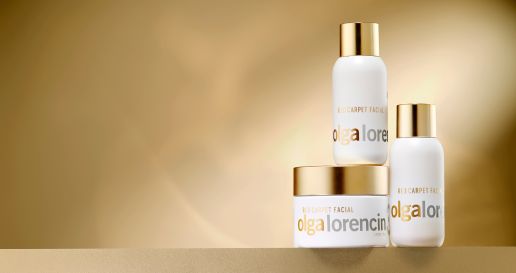




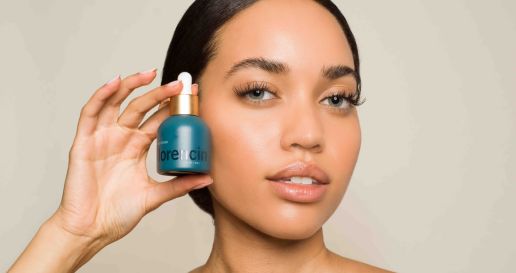
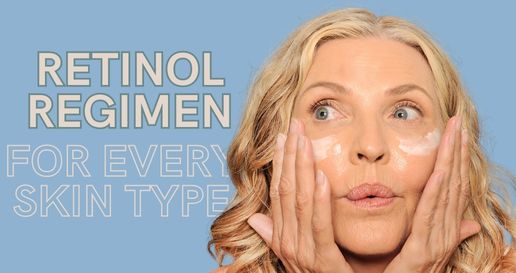
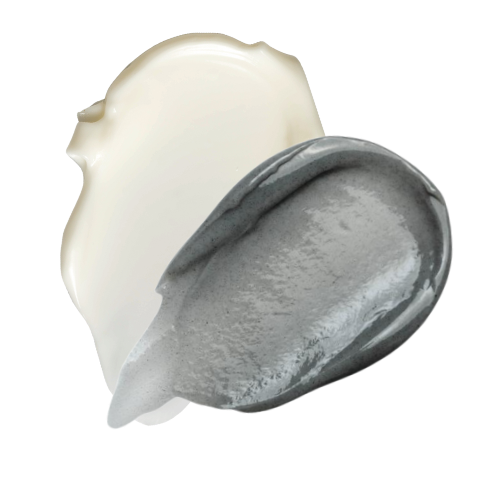
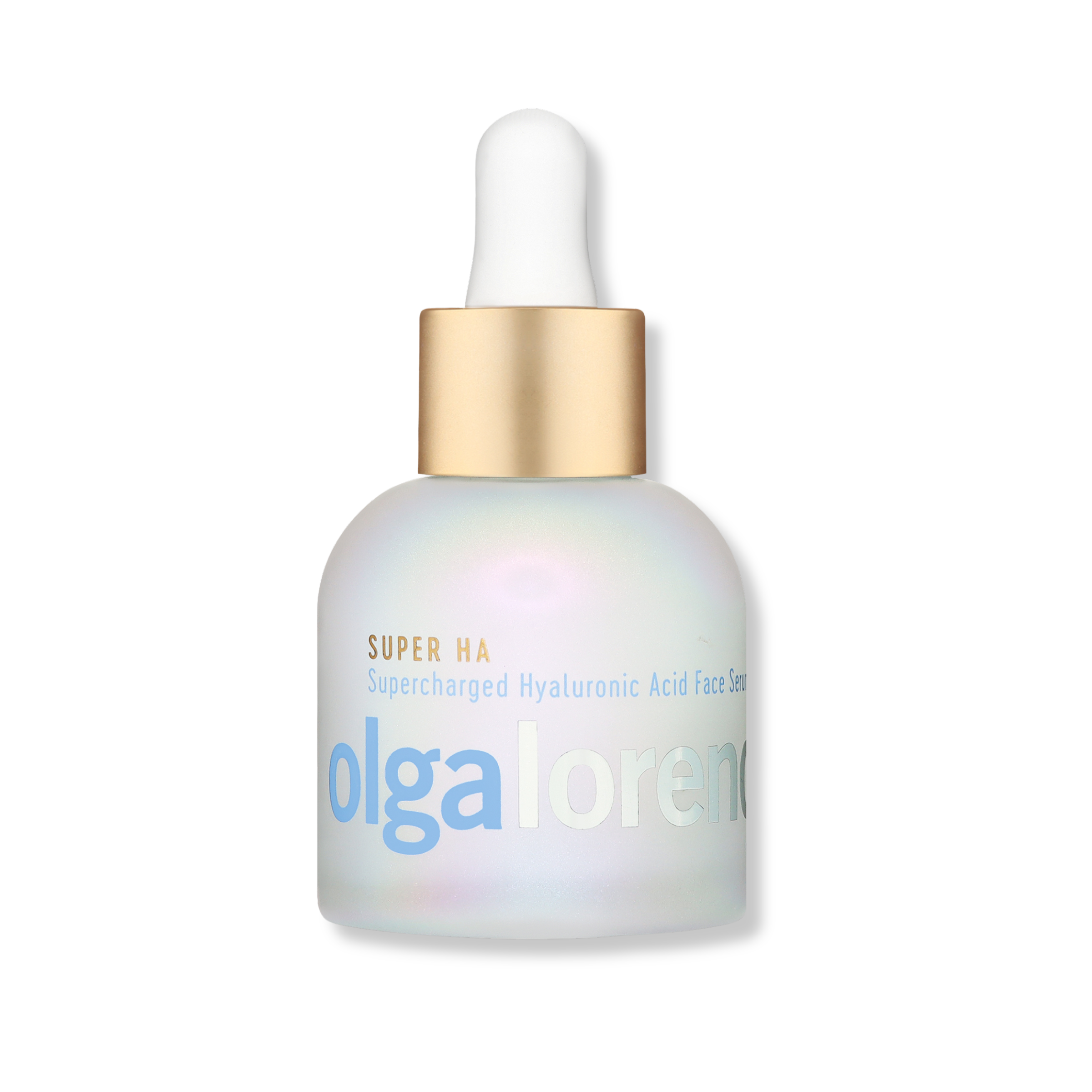
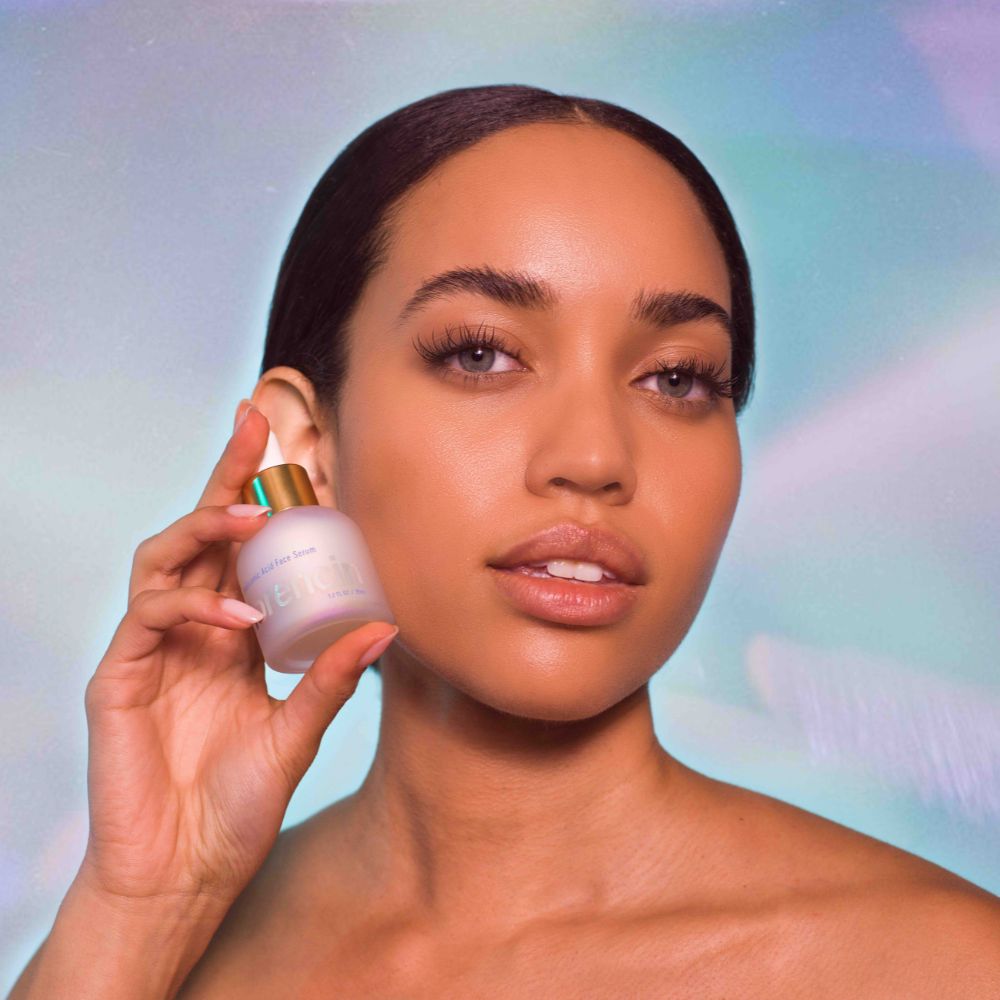

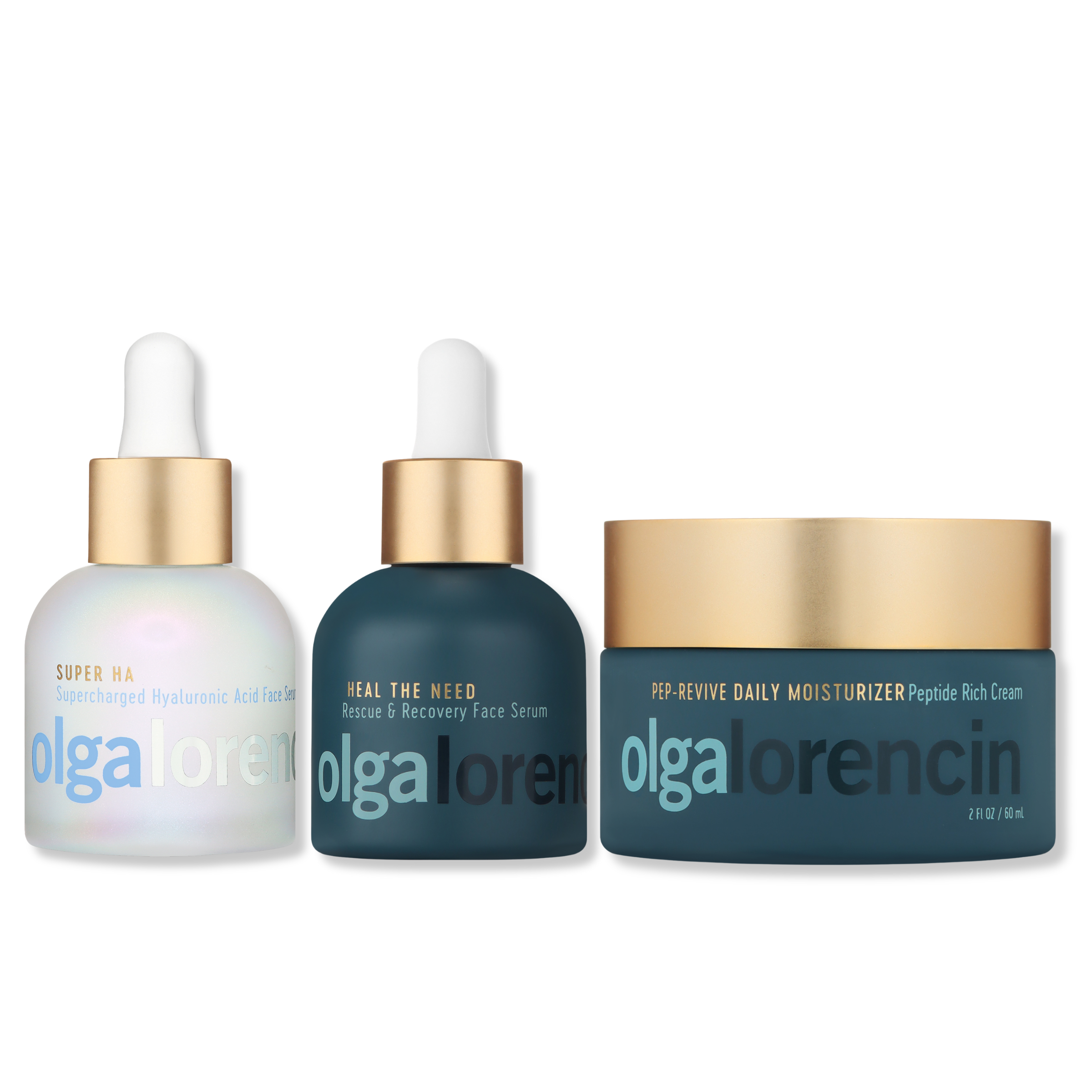
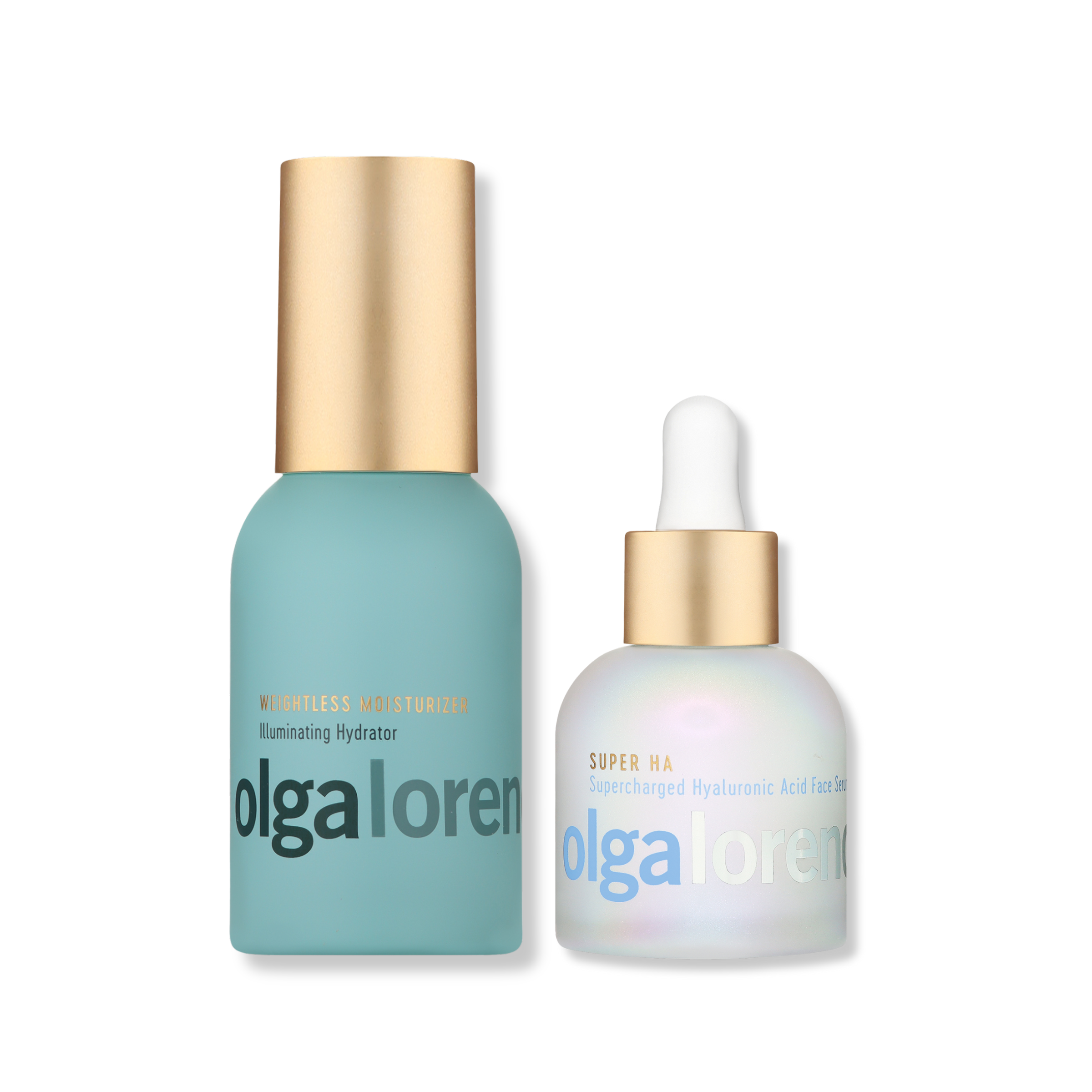
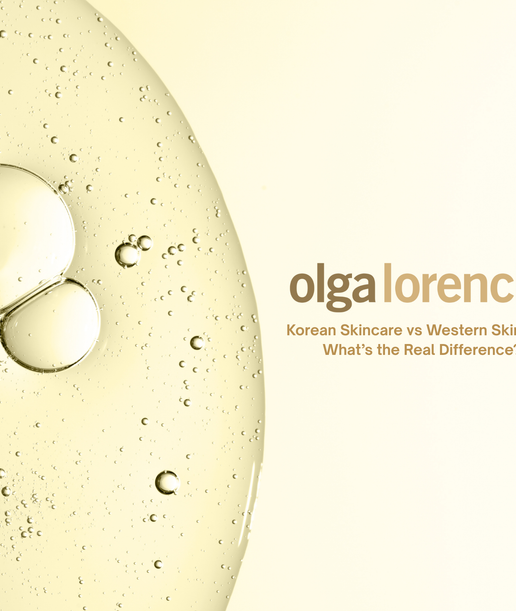
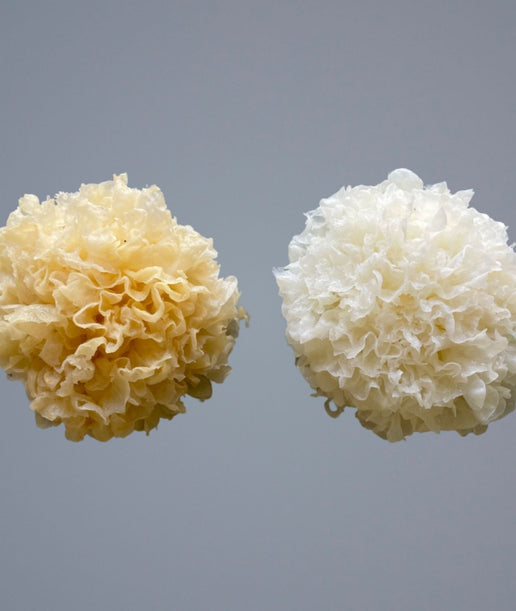
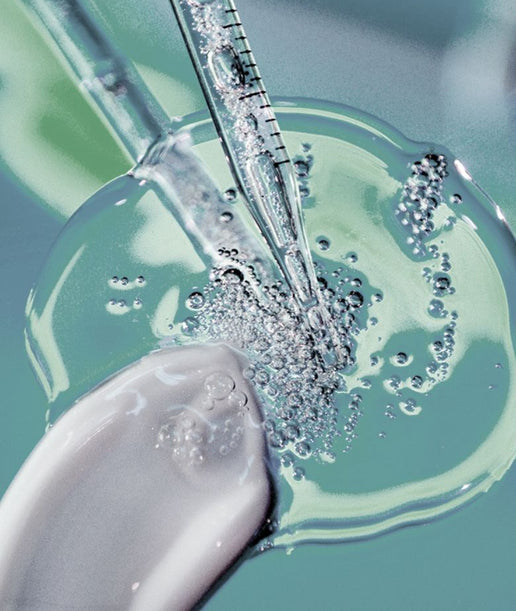
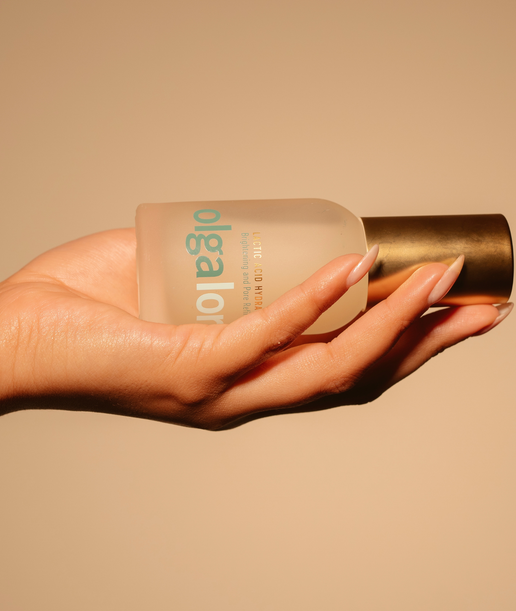
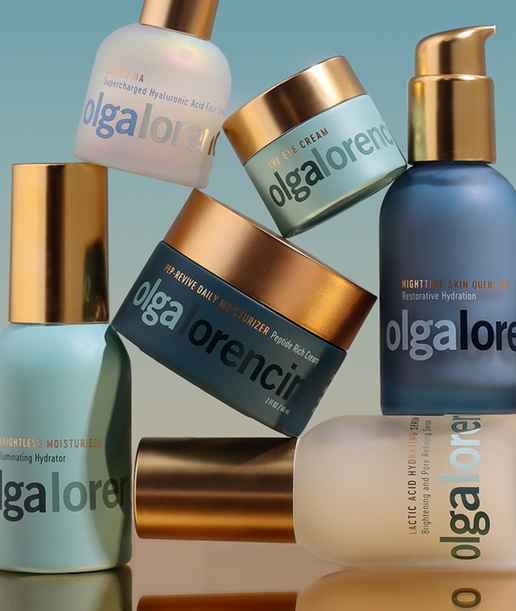


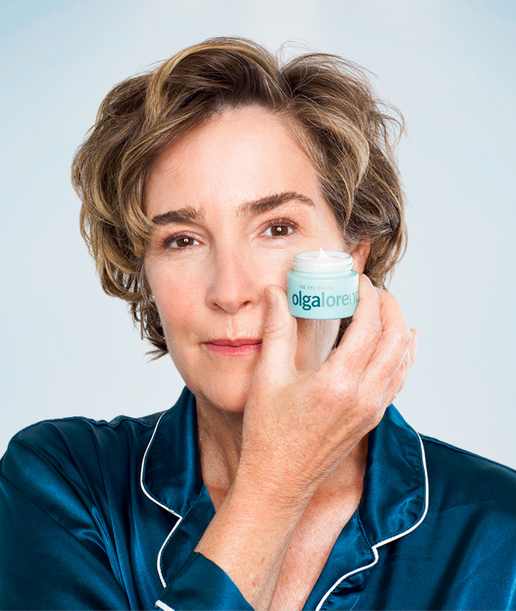


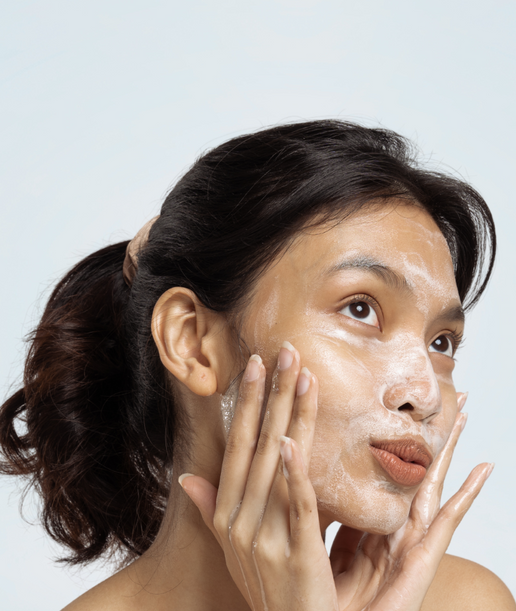
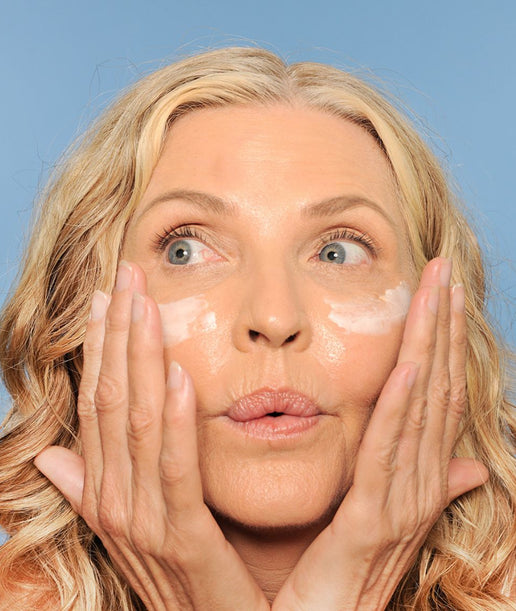

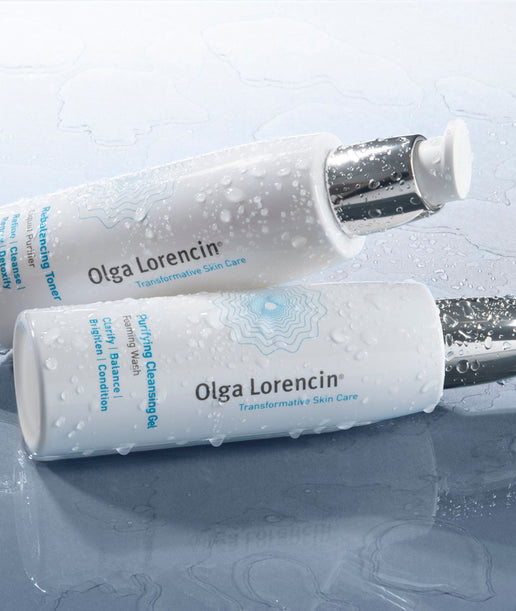
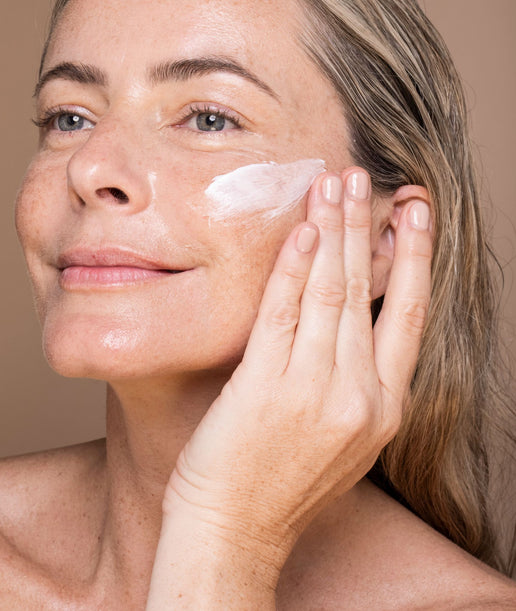

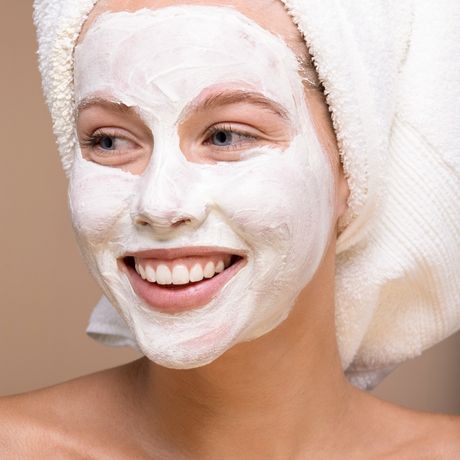


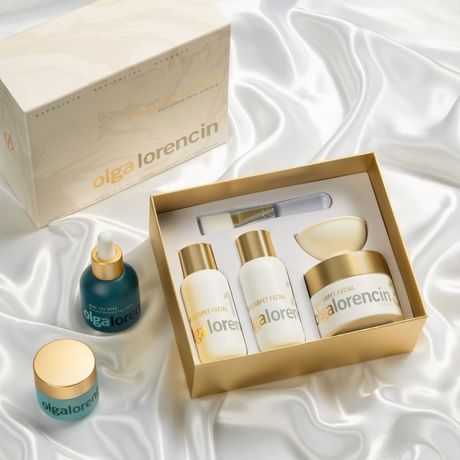
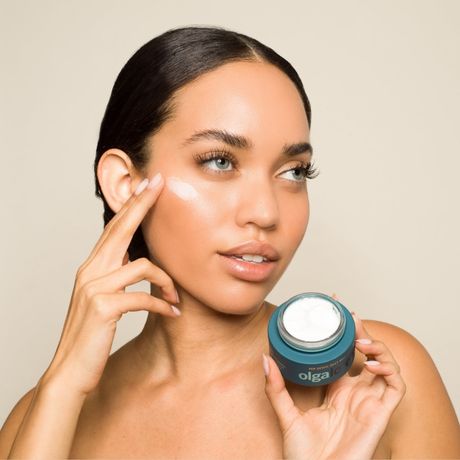

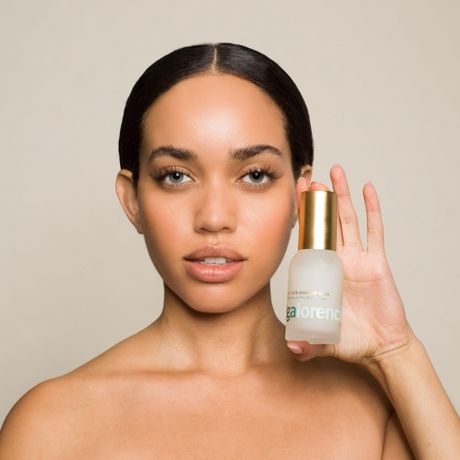
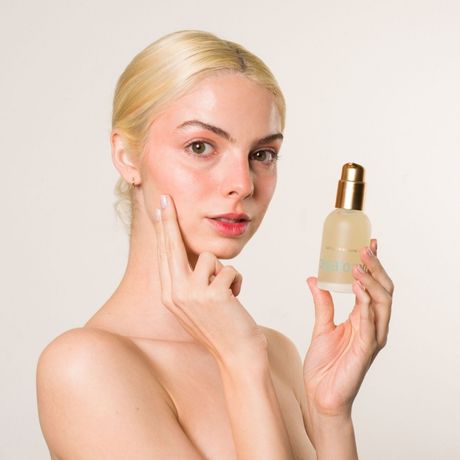


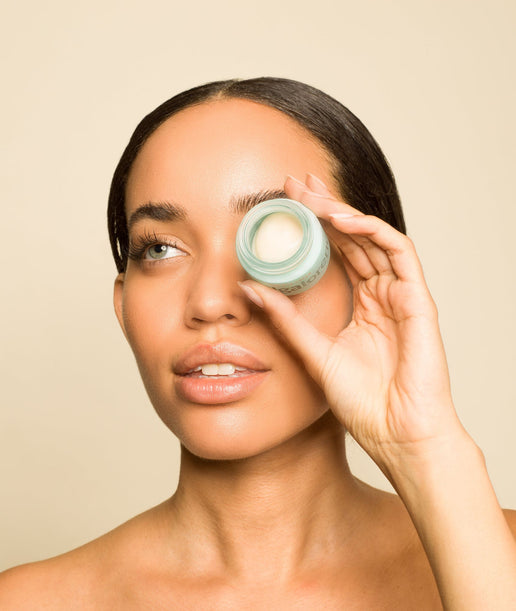

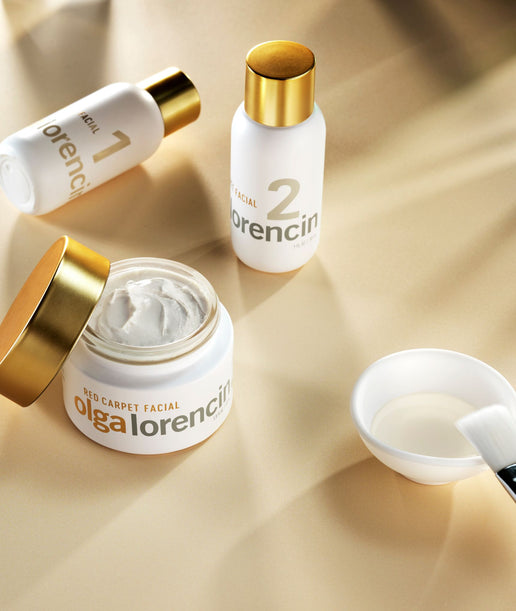

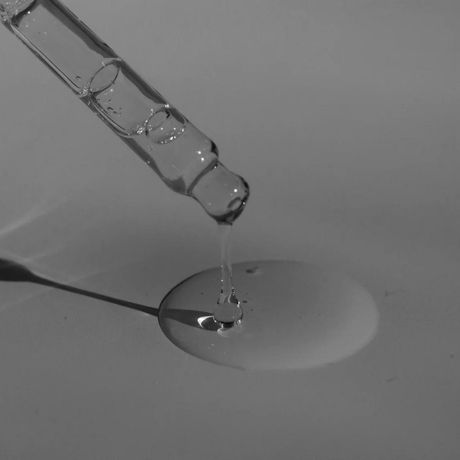

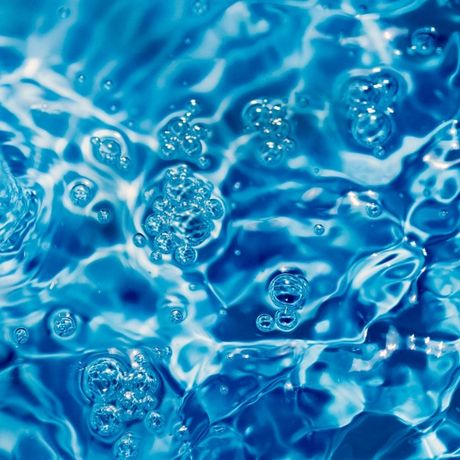
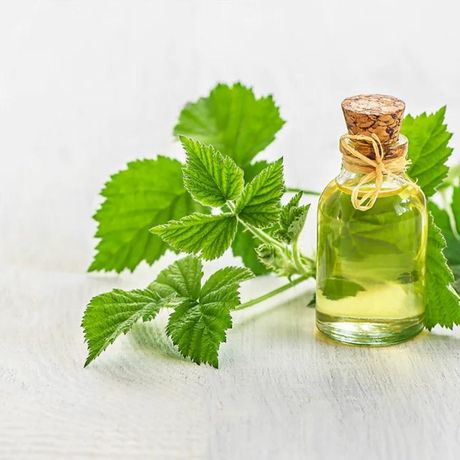
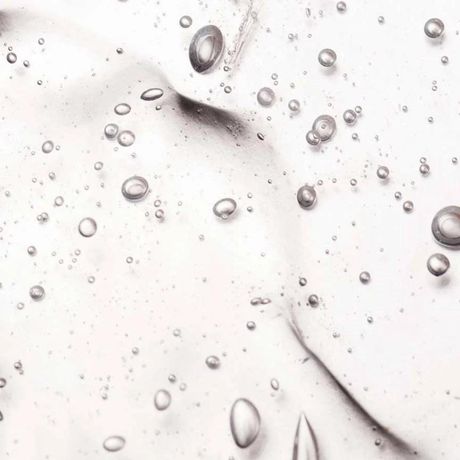
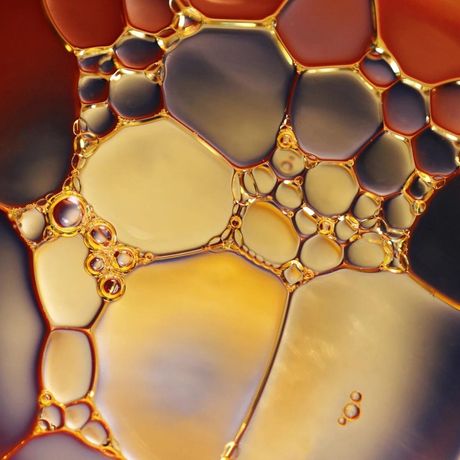
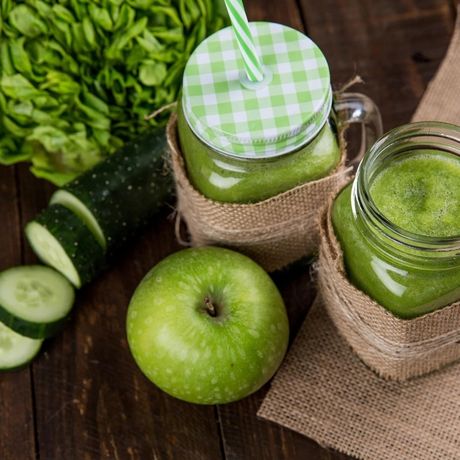
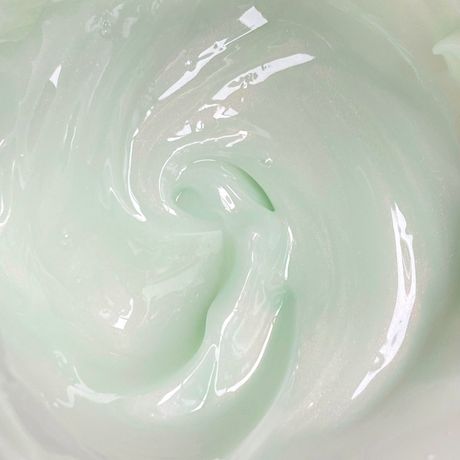
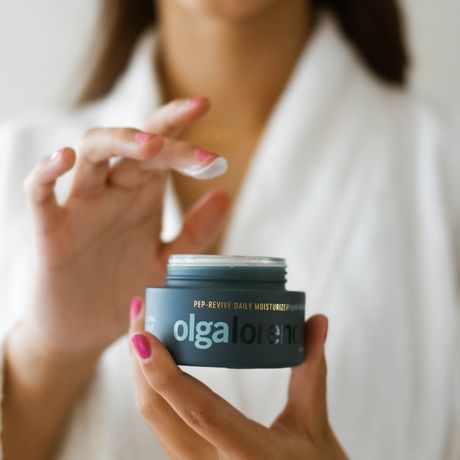
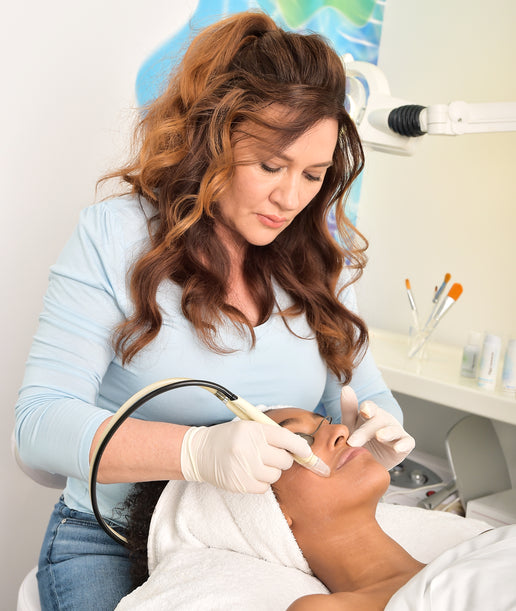
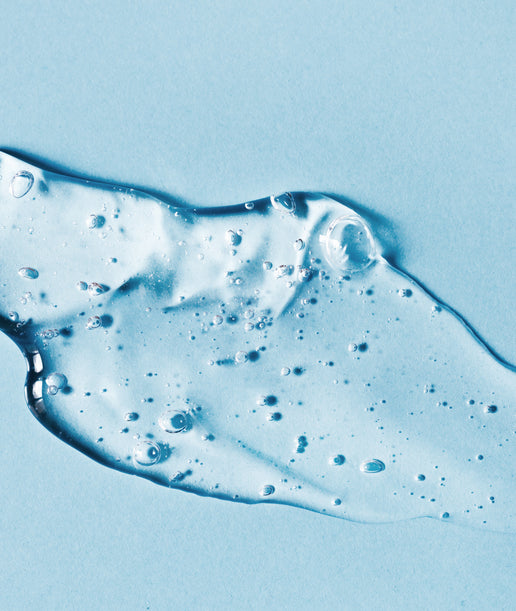
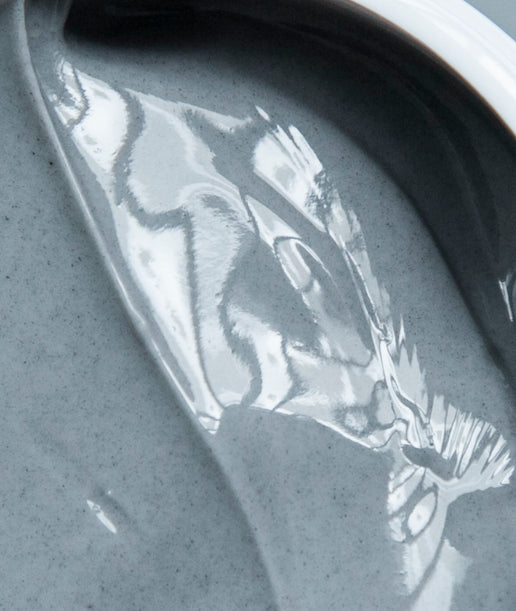
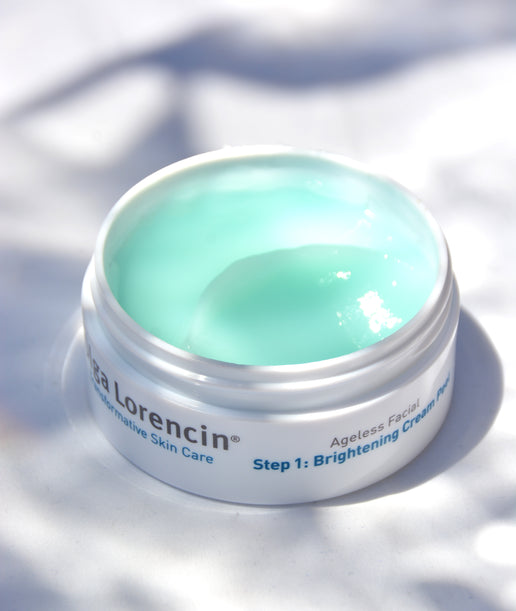
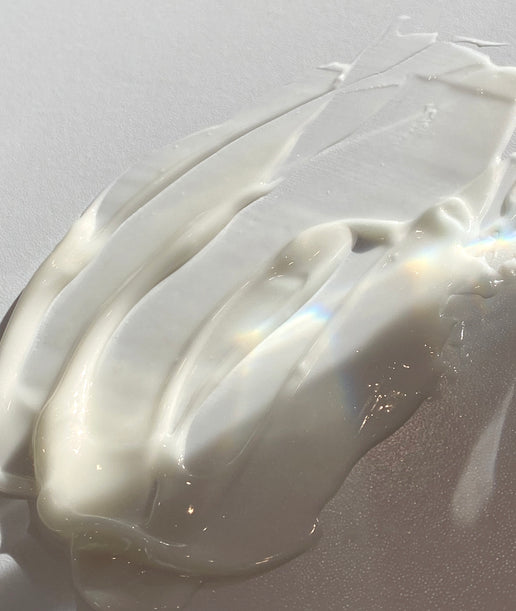
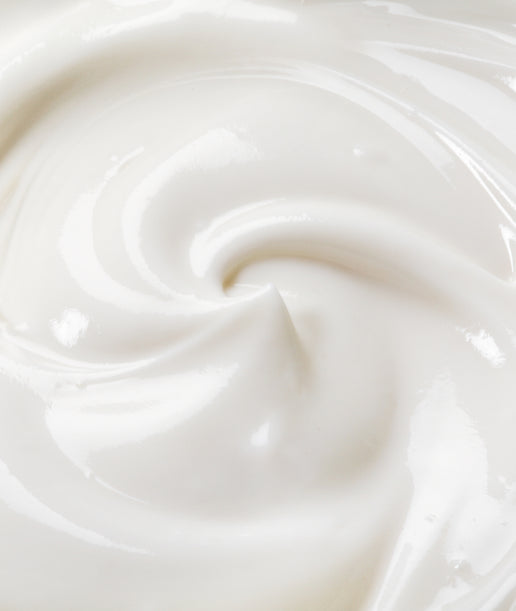
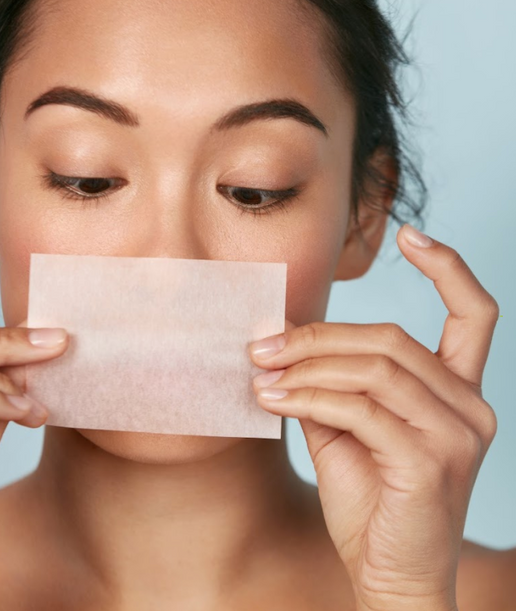
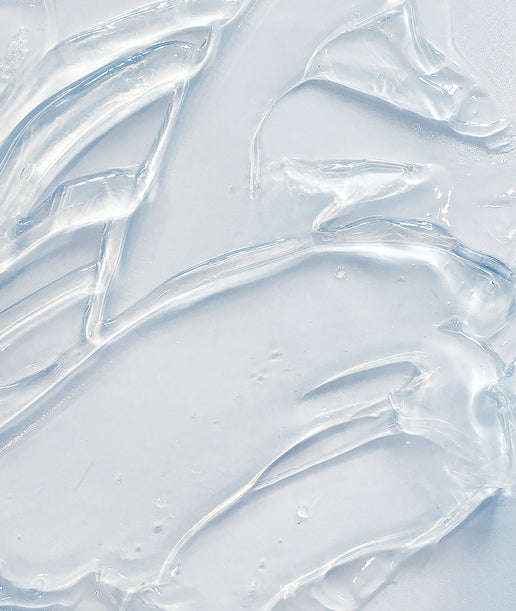


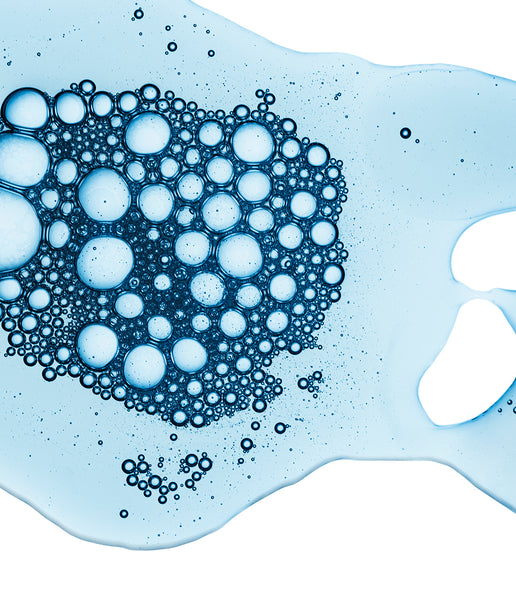
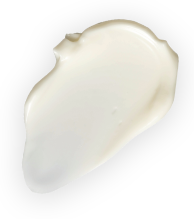 Unlock 15% off your first order
Unlock 15% off your first order